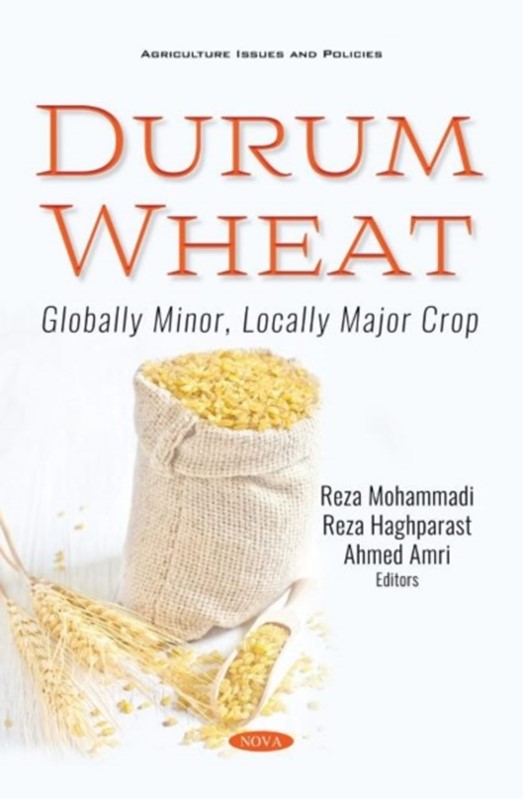High Agricultural Commodity Prices - Randy Schnepf - Bog - Nova Science Publishers Inc - Plusbog.dk
All major U.S. agricultural program crops -- corn, barley, sorghum, oats, wheat, rice, and soybeans -- have exhibited extreme price volatility since mid-2007, while rising to record or near-record levels in early 2008. Several international organisations have announced that the sharply rising commodity prices are likely to have dire consequences for the world''s vulnerable populations, particularly in import-dependent, less developed nations. In the United States, high commodity prices have pushed farm income to successive annual records and have sharply lowered government farm program costs, but they have also stoked the flames of food price inflation and have raised costs for livestock producers and food processors. In addition, high, unexpectedly volatile prices have increased the risk and costs associated with grain merchandising. In particular, they have dramatically increased the cost of routine hedging activities (i.e., pricing commodities for purchase, delivery, or use at some future date) at commodity futures exchanges and, as a result, have diminished "forward contracting" opportunities for grain and oilseed producers who are eager to take advantage of record high market prices. For some crops (particularly for wheat and rice), the price increases are likely to be relatively short-term in nature and are due to weather-related crop shortfalls in major producer and consumer countries, a weak U.S. dollar that has helped spark large increases in U.S. exports, a bidding war among major U.S. crops for land in the months leading up to spring planting in 2008, and the often perverse price effects resulting from international policy responses by several major exporting and importing nations to protect their domestic markets. Assuming a return to normal weather, these factors will likely self-correct within two growing seasons as global supplies are replenished and prices moderate. For coarse grains (corn, sorghum, barley, oats, and rye), oilseeds, and oilseed products (e.g., vegetable oil and meal), the price increases have also been due to strong, sustained demand deriving from two sources: robust income growth in developing countries (e.g., China and India), which has contributed to increased demand for meat products and the feed grains needed to produce that meat; and growing agricultural feedstock demand to meet large increases in government biofuel-usage mandates or goals in the United States, the European Union, and other countries. Market analysts, including the United Nations'' Food and Agricultural Organization (FAO), are predicting record global grain and oilseed production in 2008 in response to the high market prices. However, given the overall strength in demand growth, most market analysts predict that when commodity supplies eventually recover and prices moderate from current high levels, the new equilibrium prices will be significantly higher than has traditionally been observed during periods of market balance. This book examines the causes, consequences, and outlook for prices of the major U.S. program crops









